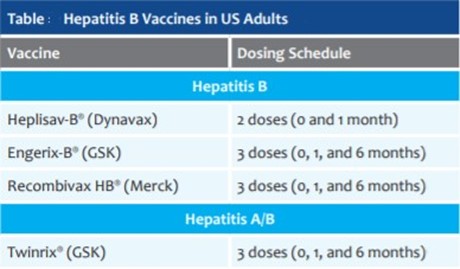The nurse is assessing a client presenting with diazepam intoxication.
What signs and symptoms are consistent with benzodiazepine intoxication? Select all that apply.
Decreased blood pressure.
Increased temperature.
Impaired physical coordination.
Nausea and appetite loss.
Respiratory depression.
Correct Answer : A,C,E
Diazepam is a benzodiazepine that can cause central nervous system depression, which can manifest as decreased blood pressure, impaired physical coordination and respiratory depression. These signs and symptoms are consistent with benzodiazepine intoxication and may require treatment with flumazenil, a benzodiazepine receptor antagonist.
Choice B is wrong because increased temperature is not a sign of benzodiazepine intoxication. Benzodiazepines can cause hypothermia, or low body temperature, due to vasodilation and decreased metabolic rate.
Choice D is wrong because nausea and appetite loss are not signs of benzodiazepine intoxication. Benzodiazepines can cause gastrointestinal effects such as constipation, dry mouth and increased appetite.
Nursing Test Bank
Naxlex Comprehensive Predictor Exams
Related Questions
Correct Answer is A
Explanation
The nurse should obtain a sputum culture specimen before administering any antibiotics to the client with bacterial pneumonia.
This is because the sputum culture can help identify the causative organism and the appropriate antibiotic therapy.
Administering antibiotics before obtaining the sputum culture can alter the results and lead to ineffective treatment.
Choice B is wrong because azithromycin is an antibiotic that should be given after obtaining the sputum culture.
Choice C is wrong because coughing and deep breathing are important interventions to promote airway clearance and gas exchange, but they are not the priority actions for this client.
Choice D is wrong because offering clear liquids can help prevent dehydration and thin secretions, but they are not the most urgent action for this client.
Normal ranges for blood urea nitrogen (BUN) are 7 to 20 mg/dL and for creatinine are 0.6 to
1.2 mg/dL.
Elevated levels of these substances can indicate renal impairment, which can be a complication of bacterial pneumonia.
The nurse should monitor these levels and report any abnormalities to the health care provider.
Correct Answer is B
Explanation
.“I need to receive 3 doses of hepatitis B vaccination to assure protection.” This statement indicates that the person understands that hepatitis B is a serious infection that can be prevented by vaccination.
Hepatitis B vaccine is given as a series of 3 shots over a period of 6 months.

Choice A is wrong because hepatitis A is not usually transmitted through unprotected sex, but through ingestion of contaminated food or water or direct contact with an infected person.
Hepatitis A can also be prevented by vaccination.
Choice C is wrong because hepatitis C can be transmitted through IV drug use, as well as blood transfusions, organ transplants, needlestick injuries, and sharing personal items such as razors or toothbrushes with an infected person.
Hepatitis C can cause chronic liver disease and there is no vaccine for it.
Choice D is wrong because there is a vaccine for hepatitis A, which can provide lifelong protection against the infection.
Hepatitis A usually does not require treatment and most people recover completely within a few weeks. There is no specific medication to cure hepatitis
Whether you are a student looking to ace your exams or a practicing nurse seeking to enhance your expertise , our nursing education contents will empower you with the confidence and competence to make a difference in the lives of patients and become a respected leader in the healthcare field.
Visit Naxlex, invest in your future and unlock endless possibilities with our unparalleled nursing education contents today
Report Wrong Answer on the Current Question
Do you disagree with the answer? If yes, what is your expected answer? Explain.
Kindly be descriptive with the issue you are facing.
